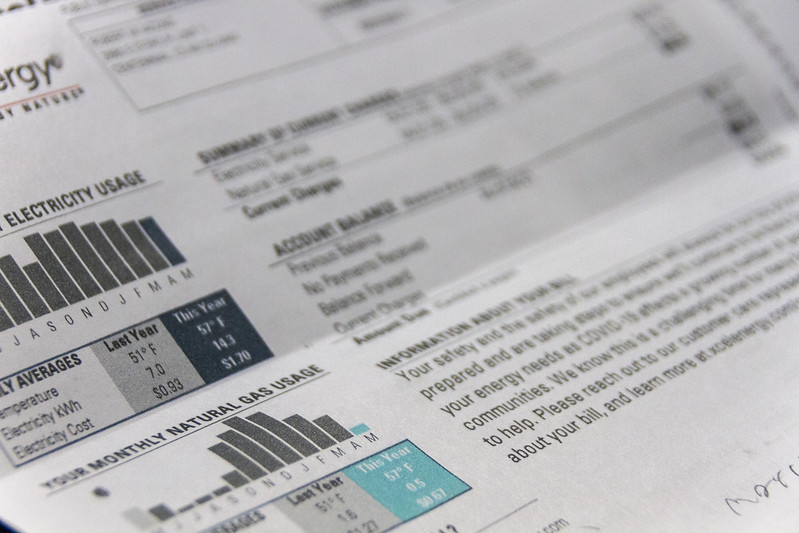
Hello Big Beautiful Bill, Goodbye Commonsense Energy Policy
Now that the One Big Beautiful Bill has been signed into law, the elimination of clean energy tax credits will cause a nation of higher energy bills – even for consumers and states that aren’t using clean energy.
Despite the “Day One” Declaration of an Energy Emergency, Congress just passed a bill that will do the opposite of addressing the real needs that the U.S. has to meet energy demand and decrease electricity costs for consumers. The bill will make it harder to connect the cheapest forms of power available to the grid, solar and wind. It also takes away the existing incentives to speed up the production of clean power.
Do you want more energy on the grid faster? To provide reliable power to your homes during storms or to support the buildout of AI data centers? The Clean Energy Investment and Production Tax Credits (45Y, 48E, and 45X), a technology-neutral tax credit, made this possible by subsidizing the production of zero-emission sources like solar, wind, nuclear, hydropower, and geothermal – not dissimilar to the subsidies fossil fuels receive like 45I. This helped with the upfront cost of these projects, and since these sources of energy are cheaper than fossil fuels, they lowered consumer energy bills and increased grid reliability by providing more clean energy, quicker. Surprise, surprise, they have been eliminated, meaning the types of projects that are going to move forward will be coal and natural gas, which are more expensive. Oil and gas won big, especially since the OBBB established accelerated National Environmental Policy Act (NEPA) reviews for oil and gas projects in exchange for a fee of up to 125% of project costs and by prioritizing fossil fuel development on public lands.
Say Goodbye to All of This
Are you a homeowner whose house is too hot in the summer or too cold in the winter? The Energy Efficient Home Improvement Credit (25C) made it possible for you to receive $1,200 to weatherize or insulate your home, making it safer and more comfortable during extreme temperatures while lowering your energy bills. This is now eliminated, making it more expensive and less feasible to make these types of home improvements.
Do you have an interest in installing solar panels or a geothermal system to one day achieve a $0 electricity bill? The Residential Clean Energy Credit (25D), made this a reality by providing a 30% tax credit for rooftop solar, wind power, geothermal heating systems, and battery systems. This is now eliminated, making it more expensive to purchase renewable systems for your home and reducing consumer choice. This tax credit also created jobs in the residential renewables industry, so you can expect to see some significant job losses as a result.
Do you own an EV or hope to own one someday to save money on gas and to lower carbon emissions? The Electric Vehicle Credits (45W, 30D, 30C, 25E) made this possible by allowing up to $7,500 for a new EV purchase, and up to $4,000 for the purchase of a used EV. These tax credits also provided a boost to the automotive industry and created thousands of jobs. Now that these credits are being eliminated, buying an EV just got more expensive and job losses and business closures are bound to happen.
The bottom line? Energy prices will go up, the job market will suffer as will clean energy investment, especially in red districts – since a total of 60% of this spending has gone to Republican-held suburban and rural districts across the U.S.
The true breadth and severity of these eliminations will reveal themselves sooner than you think.
To maximize clean energy deployment, we must address the project development and political barriers that have held us back from smart policymaking and implementation that can withstand political change. Here’s how.
The new alignment signals a clear shift in priorities: offices dedicated to clean energy and energy efficiency have been renamed, consolidated, or eliminated, while new divisions elevate hydrocarbons, fusion, and a combined Office of AI & Quantum.
In a new report, we begin to address these fundamental implementation questions based on discussions with over 80 individuals – from senior political staff to individual project managers – involved in the execution of major clean energy programs through the Department of Energy (DOE).
Achieving energy abundance requires reforming electricity markets, refreshing electric utility regulation and rethinking the way we pay for grid infrastructure.